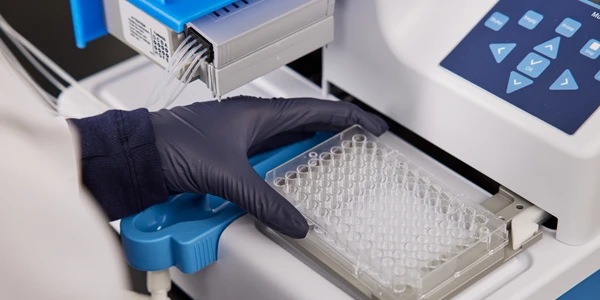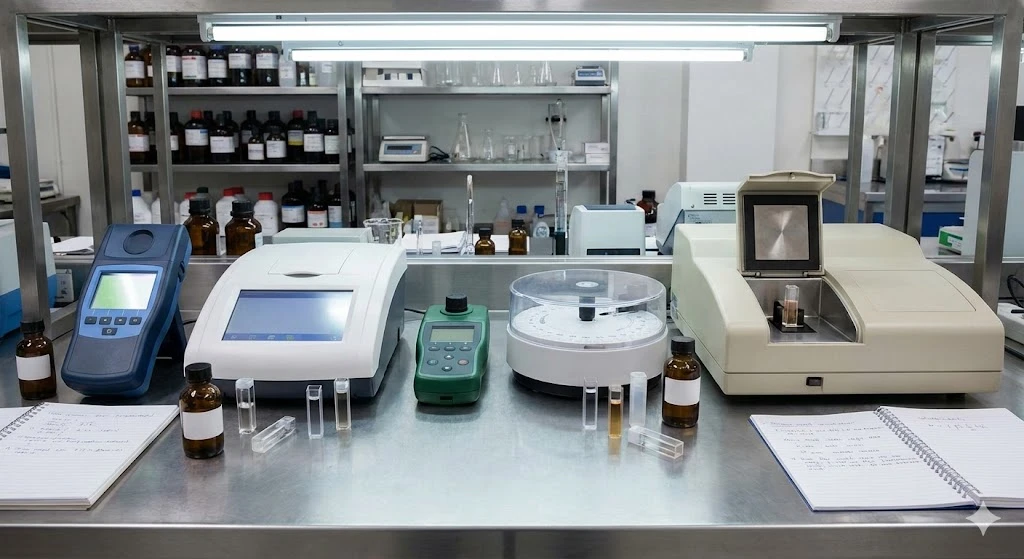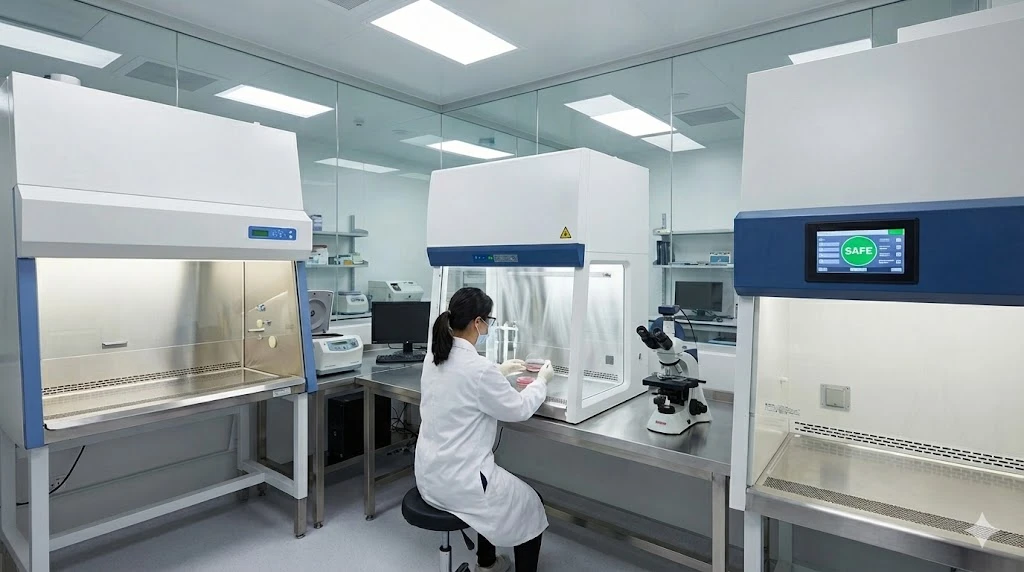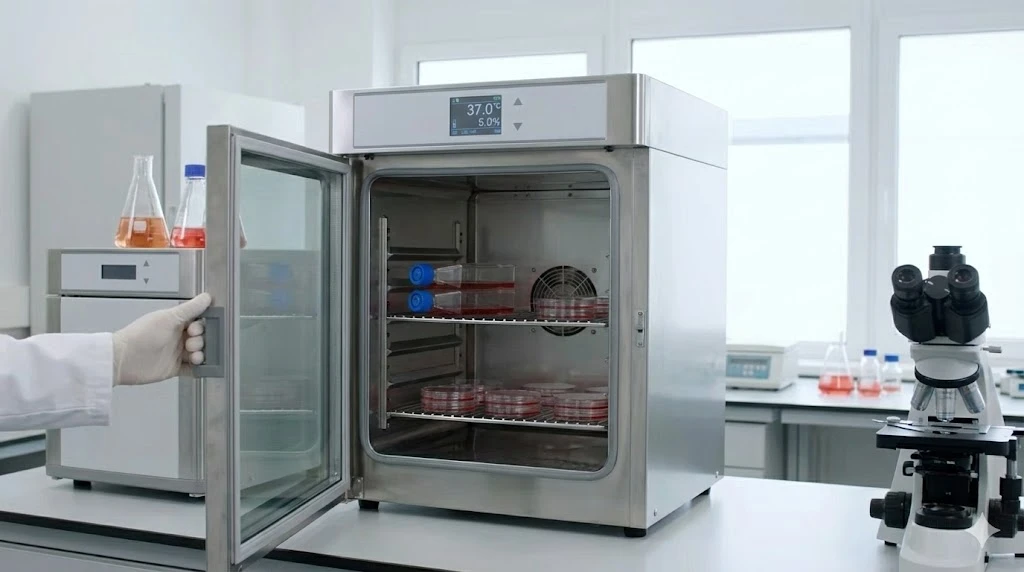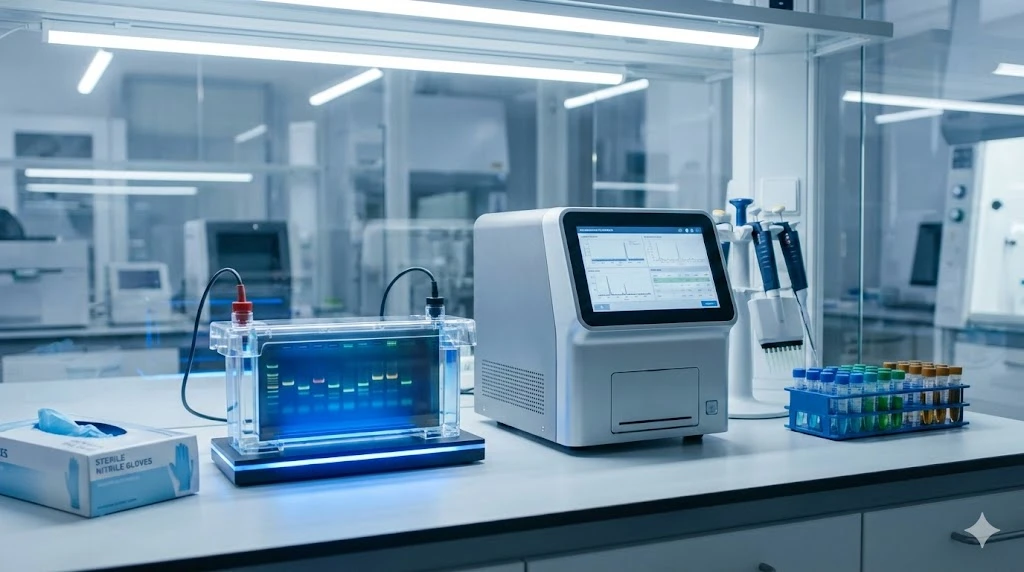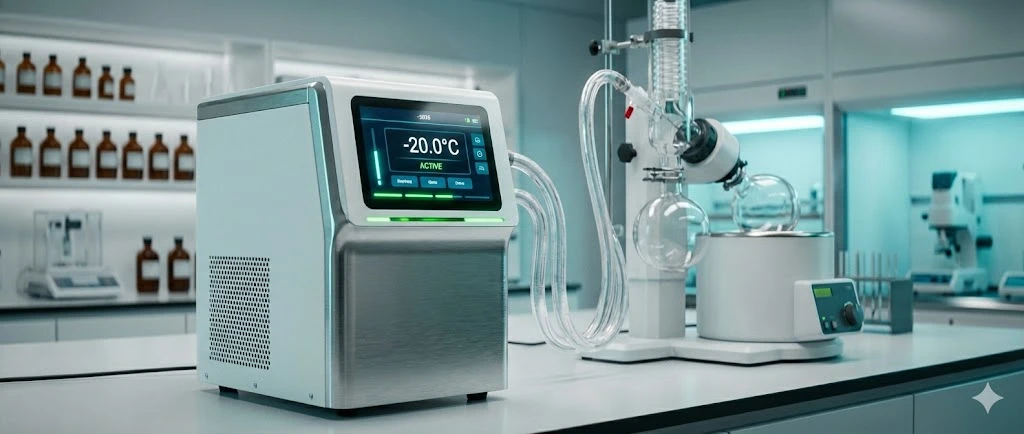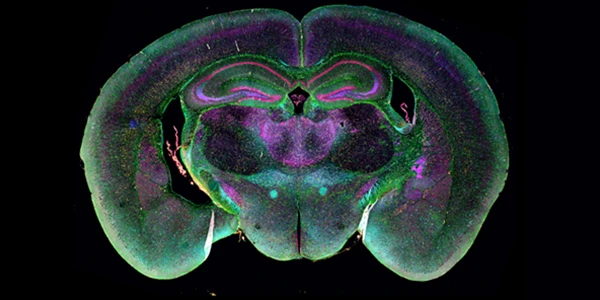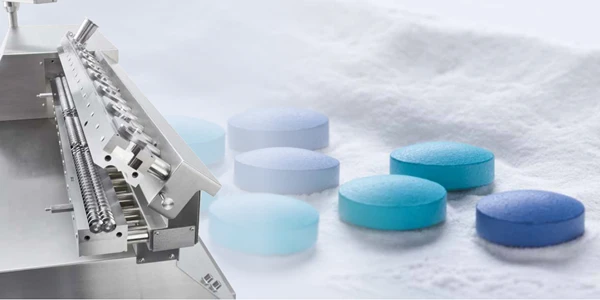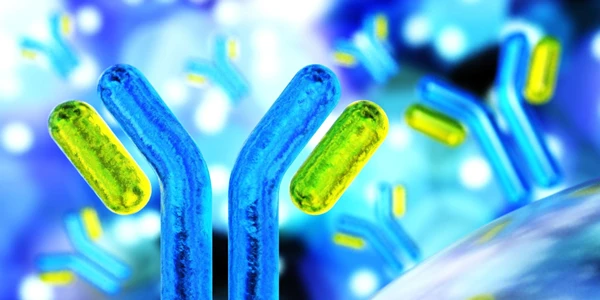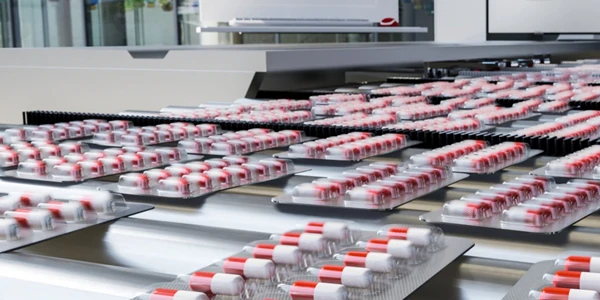Advances in CE-MS Coupling for Proteomics and Metabolomics
GEMINI (2025) The analysis of complex biological matrices requires separation science techniques that offer high efficiency and robust coupling to mass spectrometry (MS). Capillary electrophoresis-mass spectrometry (CE-MS) represents a powerful analytical platform that addresses the inherent complexity of samples encountered in modern proteomics and metabolomics research. The technique's ability to separate charged and polar molecules based on their size-to-charge ratio offers orthogonality to traditional liquid chromatography-mass spectrometry (LC-MS) methods, which rely primarily on hydrophobicity. This provides unique selectivity, particularly valuable for analyzing hydrophilic, ionizable compounds—a critical subset in metabolomics—and for separating post-translationally modified peptides in proteomics. The inherent characteristics of capillary electrophoresis (CE), including low sample consumption and high resolving power, when coupled effectively with the unparalleled detection capabilities of MS, position CE-MS as an indispensable tool for deep characterization of biological systems. The continued evolution of interface technology is central to unlocking the full potential of CE-MS in these demanding analytical fields. The utility of CE-MS stems from the physicochemical principles governing capillary electrophoresis. Separation occurs within a narrow bore capillary (typically 25–100 µm internal diameter), which allows for the rapid generation of highly efficient separations with peak capacities that rival or exceed those of micro-flow LC systems. Furthermore, CE separation relies on mechanisms distinct from those used in LC, such as electrophoretic mobility and electroosmotic flow (EOF), making the combined CE-MS system highly complementary for comprehensive coverage in proteomics and metabolomics. The high efficiency translates directly to high peak resolution, essential for resolving isobaric or positional isomers that are often indistinguishable by MS alone. For metabolomics, the technique excels in separating small, polar, and ionic compounds—amino acids, organic acids, and nucleotides—which are challenging to retain and resolve using reversed-phase LC. For proteomics, the high resolution aids in the separation of modified peptides with minor structural differences, enhancing the precision of modification site localization. Key analytical advantages inherent to CE-MS: Orthogonal selectivity: Separation based on charge and size, complementing LC's hydrophobicity-based separation. Minimal solvent consumption: Nano-liter sample volume requirements, making it ideal for limited biological samples. High resolving power: Efficiently separates complex mixtures, crucial for distinguishing isomers in metabolomics. Direct compatibility with MS: The low flow rates (nL/min) are inherently suited for coupling to electrospray ionization (ESI) sources, minimizing ion suppression effects. Historically, the coupling of CE to MS posed significant engineering challenges, primarily related to maintaining both electrophoretic separation and efficient ESI ionization. Overcoming the mismatch between the high voltage required for CE and the ESI spray process was essential for robust and sensitive CE-MS performance. Recent innovations have focused on two main areas: optimizing the sheath liquid interface and developing sheathless micro-junction designs. The sheath-liquid interface, the most common approach, uses an external flow (the sheath liquid) to complete the electrical circuit and provide a stable ESI spray environment. Advancements here involve minimizing the sheath liquid flow rate, optimizing its composition, and precisely aligning the CE capillary tip with the ESI emitter. A common configuration involves a coaxial flow setup where the sheath liquid mixes with the CE effluent at the MS inlet. While reliable, the sheath liquid can dilute the sample, potentially reducing sensitivity. The drive for enhanced sensitivity, crucial for low-abundance biomarkers in both proteomics and metabolomics, has led to the development of sheathless and nanocapillary interfaces. Sheathless interfaces integrate the ESI emitter directly onto the separation capillary outlet using micro-fabrication techniques. This eliminates the dilution effect entirely, resulting in superior detection limits. Furthermore, these integrated micro-fluidic chips can manage the fluidic and electric fields more precisely, leading to improved stability and reproducibility necessary for large-scale proteomics and metabolomics studies. Interface Type Key Advantage Sensitivity Impact Application Focus Sheath-liquid Robustness, ease of use, established protocols Moderate dilution, stable ESI General screening, high-concentration metabolomics Sheathless (Integrated) No dilution, optimized spray geometry Highest sensitivity Low-abundance biomarker discovery in proteomics and metabolomics Microchip-based Automation potential, high-throughput capability High sensitivity, low dead volume Clinical research, large metabolomics cohorts The integration of nanoscale ESI emitters into the CE-MS flow path has significantly contributed to the system's viability for analyzing trace-level analytes, moving CE-MS from a niche technique to a high-performance option for quantitative assays in molecular biology laboratories. In proteomics, CE-MS is increasingly recognized for its utility, particularly for analyzing challenging sample types and for targeted quantification. The system's high resolving power for complex peptide mixtures, including phosphopeptides, glycopeptides, and ubiquitylated peptides, provides a distinct advantage over single-dimension LC separations. For deep proteome coverage, multidimensional separation systems are often employed. While 2D-LC-MS remains the gold standard for maximal identification, the integration of CE as an orthogonal dimension (CE-LC-MS) offers a powerful alternative. By performing a high-pH reversed-phase LC separation followed by a low-pH CE separation, the system leverages the distinct separation mechanisms, minimizing redundant separation space and maximizing peptide throughput. This approach is instrumental in identifying novel peptides and obtaining greater sequence coverage in complex protein digests. CE-MS is also highly effective for intact protein analysis, a challenging area for conventional methods due to protein size and physicochemical diversity. The ability of CE to separate proteins under native or denaturing conditions based on their charge properties, coupled with high-mass-accuracy MS, allows for precise mass determination and characterization of protein isoforms, which is critical for biopharmaceutical analysis and therapeutic protein characterization. The implementation of high-speed separation protocols and parallel capillary systems further addresses the need for high-throughput analysis, necessary for processing the voluminous sample sets typical in modern proteomics projects. The application of CE-MS in metabolomics is particularly impactful due to the chemical characteristics of the metabolome. A large fraction of the metabolome comprises polar, charged compounds, which exhibit poor retention and peak shape in reversed-phase LC, the most common separation platform. CE-MS, conversely, is optimized for these very molecules. In untargeted metabolomics, the goal is to profile as many metabolites as possible to identify novel biomarkers or pathways. The high resolution provided by CE ensures that co-eluting species are minimized, leading to cleaner mass spectra and more confident compound identification. Employing both positive and negative ion modes of MS, often combined with different capillary coatings or buffer systems, allows for comprehensive coverage of cationic and anionic species. The capacity of CE-MS to distinguish structural isomers (e.g., leucine and isoleucine, or various sugar phosphates) is a critical strength in untargeted screening where the exact nature of the metabolite is unknown. For targeted metabolomics, where precise quantification of a predefined set of metabolites (e.g., intermediates of the tricarboxylic acid cycle, or specific neurotransmitters) is required, CE-MS offers excellent reproducibility and sensitivity. The low flow rate coupling to MS reduces matrix effects, enhancing the accuracy of quantitative measurements. Furthermore, the short analysis times achievable with CE, often under 20 minutes, facilitate high-throughput clinical sample analysis. The combination of selected reaction monitoring (SRM) or parallel reaction monitoring (PRM) on triple quadrupole or high-resolution MS instruments with the selective separation power of CE provides a gold standard for precise and rapid quantification of key biological metabolites, directly supporting biomarker validation and functional metabolomics studies. The synergistic coupling of capillary electrophoresis with mass spectrometry has fundamentally advanced the capabilities of analytical laboratories engaged in proteomics and metabolomics. By addressing the analytical challenges posed by highly polar and charged molecules and complex peptide mixtures, CE-MS offers superior resolving power and sensitivity compared to traditional methods. Continued evolution in interface design, particularly the adoption of microchip and sheathless technologies, promises further gains in automation, reproducibility, and detection limits. The integration of CE-MS into multi-omics workflows is poised to yield deeper insights into biological mechanisms and disease states, reinforcing its role as a core technology for cutting-edge research. How does CE-MS improve biomarker identification in proteomics?
CE-MS improves biomarker identification in proteomics by providing superior separation efficiency for complex peptide mixtures and post-translationally modified peptides. The orthogonal separation mechanism reduces co-elution, resulting in cleaner mass spectra and higher confidence in peptide identification and quantification. Why is CE-MS particularly useful for metabolomics studies?
CE-MS is particularly useful for metabolomics studies because the technique is optimized for separating small, polar, and charged molecules (such as amino acids and organic acids) that are often poorly retained and resolved by conventional reversed-phase liquid chromatography. What is the primary advantage of a sheathless CE-MS interface?
The primary advantage of a sheathless CE-MS interface is the elimination of sample dilution by the sheath liquid, which significantly enhances detection sensitivity. This is crucial for analyzing low-abundance compounds in both proteomics and metabolomics samples. This article was created with the assistance of Generative AI and has undergone editorial review before publishing.
The Fundamental Advantages of CE-MS in Omics Applications
Interface Innovation and Sensitivity Enhancement for CE-MS
Achieving Deep Coverage and High Throughput in CE-MS Proteomics
Targeted and Untargeted Approaches in CE-MS Metabolomics
Maximizing Throughput and Analytical Depth in Omics Research
Frequently Asked Questions About CE-MS
